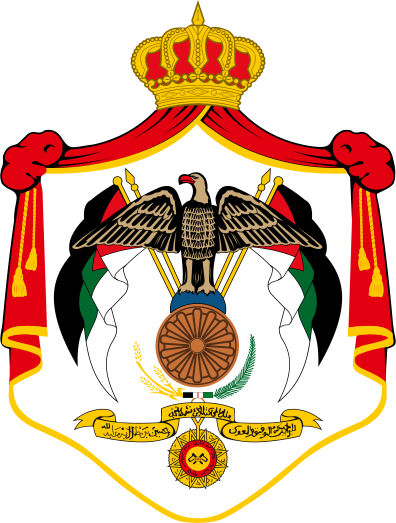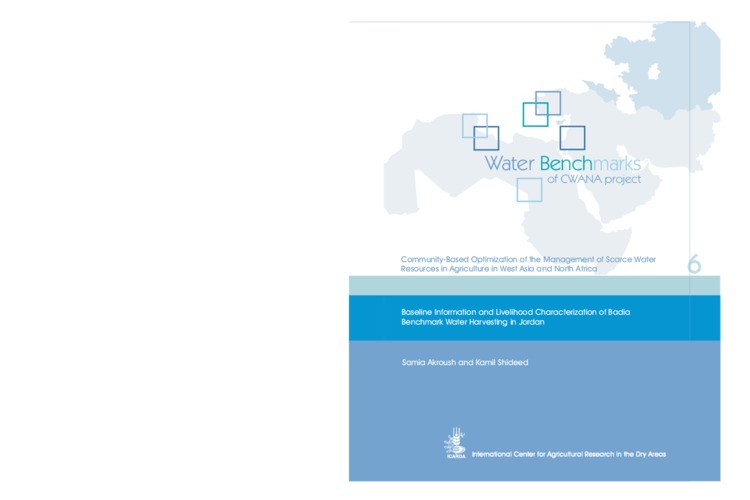Location
The politics of Jordan takes place in a framework of a pa
The mandate of the National Center for Agricultural Research and Extension (NCARE) is to conduct applied agricultural research and extension services in order to transfer improved technologies, facilitate continuous professional development, and recognize the significant professional contributions of its members. As a research arm of the Ministry of Agriculture, the Center is a semi-autonomous institution with funding from the Government of Jordan and other national and international donors. NCARE supports Jordanian agricultural research, focusing on soil and environmental, horticulture, and animal and plant protection sciences.
Members:
Resources
Displaying 1 - 2 of 2Effect of water harvesting techniques on water productivity and soil erosion
The Jordan Badia is representative of the vast drier environments of the West Asia and North Africa (WANA) region. Pasture rangeland covers the majority of the Badia, although the vegetative cover is not dense. The vegetation in the Badia includes shrubs and short grasses. Barley is the main field crop in dryland farming, although irrigated forage, vegetables, and fruit orchards are also found in the Badia. Most of Jordan’s livestock (70%) is produced in the Badia.
Baseline Information and Livelihood Characterization of Badia Benchmark Water Harvesting in Jordan
The project aims to improve the productivity of degraded rangelands through efficient utilization of limited rainfall. Nearly 48% of farmers in the Muhareb community own flocks, with an average flock size of about 159 head. About 52% of farmers in Um Al Naám own flocks, with an average of 125 head; about 63% of farmers in Muhareb community own a small flock (average 28 head), or a medium flock size (30%, average 293 head), or a large flock (7%, average 751 head. However, about 72% of farmers in Um Al Naám own a small flock, with an average flock size of 36 head.




